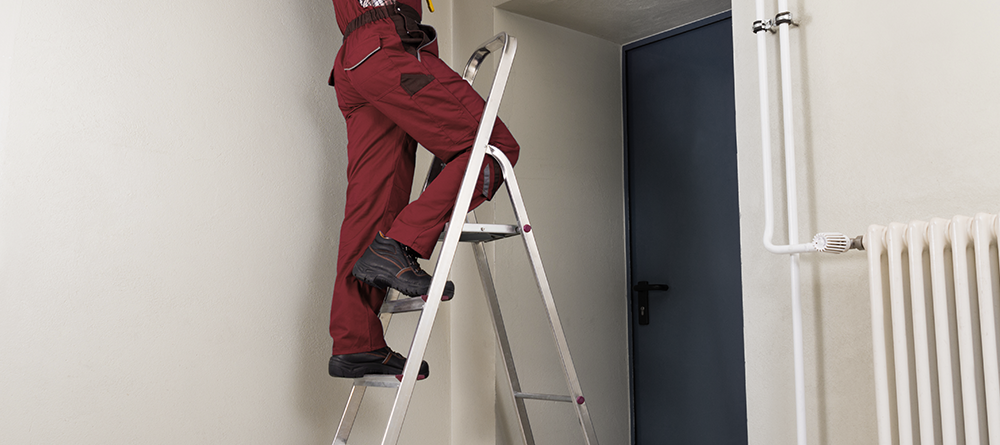Things you need to consider before setting up an IP surveillance camera
Technology and innovation has enabled us to look after our homes and loved ones while ensuring that we manage our work lives. IP surveillance is one such innovation that has enabled us to do this.
What exactly are IP cameras?
By definition, an IP camera is a networked digital video camera that transmits data over a Fast Ethernet link. IP cameras (also called “network cameras”) are most often used for IP surveillance, a digitized and networked version of closed-circuit television (CCTV). These cameras can be used for different reasons- from protecting precious articles at home to looking after your loved ones and there are options in this technology depending on your specific need.
Does it matter what I use an IP surveillance camera for?
Identifying your needs are important. If you have surveillance needs thats involve moving targets (people or pet) then you will require a surveillance that will specialize in communicating the person’s activities. If it’s simply to capture an discrepancies in your home, you will require a different kind of surveillance for your home.
Why should I get IP surveillance over any other kind of surveillance?
Choosing IP surveillance over analog is simply a matter of not settling for the poor quality and narrowly focused images we’re used to seeing on analog CCTV. Another con of traditional CCTV is that it has to be connected to a hard disk or storage device. This means you cannot check up on your home whenever and wherever you want which makes the whole activity redundant. IP surveillance cameras will be directly connected to your device and live stream footage to you 24×7.
Besides this, there are few other features that give IP surveillance an edge over any other kind of surveillance-
● Picture Quality: The best analog surveillance camera still can’t hold a candle to the kind of surveillance offered by IP cameras. At best, an analog camera can manage the equivalent of less than half a megapixel, whereas a Megapixel camera wouldn’t be much good if it didn’t produce an image of at least ONE of the things it’s named after. Additionally, IP cameras capture a much wider field of view than comparable analog cameras, meaning a single IP camera is potentially able to do the job of three to four of the old school cams.
● Video intelligence: IP surveillance cameras are intelligent devices. They can flag “events” that occur in the cameras’ field of vision. This could be anything from motion detection to missing objects to tampering with the camera itself. This means that you save a lot of time, allowing you to take quick action in case the event calls for it.
● Flexibility and Scalability: Unlike a traditional analog DVR setup, IP cameras makes the use of switches, which allow cameras in close proximity to each other to be connected to a single switch, which then runs a single wire to the NVR (Network Video Recorder). This reduces the amount of cabling runs, which makes it ultimately less labor intensive, and also allows you to connect more cameras.
So which is the right IP surveillance camera for me?
You can explore a few IP surveillance camera options here. Different options are available depending on whether the surveillance is for indoor or outdoor.
Regardless of this, your IP surveillance should at least have the following specifications-
Network Bandwidth: Your surveillance camera should be capable of delivering at least 30 frames per second which needs a minimum bandwidth of 120 KB per second.
Performance– Even though this is one of the more obvious specifications, understanding what is good performance is important- While cameras vary in terms of resolution, most have a relatively consistent baseline of functionality. They need to include zooming capability — low-resolution digital zoom on low-end units, and optical zoom on the high-end devices — as well as motion detection, a built-in memory card, the ability to broadcast audio as well as video and the ability to store video on a network-attached storage (NAS) server.
Motion sensing– We’ve specifically categorised this as a separate specification because your IP surveillance could be keeping an eye on your precious baby or your old parents.This feature is generally available using video management software (VMS) or a network video recorder (NVR). This is a very important analytic function because it controls when an alarm is triggered.
Smooth setup– Your IP camera needs to be one that can be easily connected to your LAN with an ethernet cable. If the camera has WIFI, it will be easily connected to your home network, else you will have to manually configure the camera to become a part of your home network. Besides this, the most important element is the app or technology that will give you access to what your camera sees no matter where you check in on it. If these basics are met, you have a fairly decent IP surveillance camera in your home.
You will find that Digisol has a range in IP surveillance that will meet all your specifications. Check out our indoor and outdoor specific products here – Click Here






